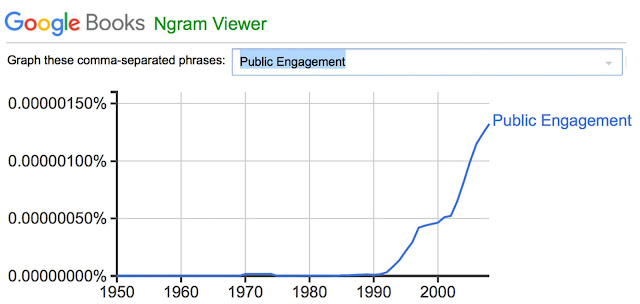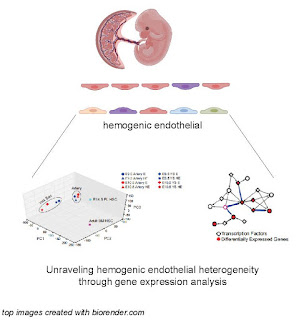New Investigators: You got engaged?

As the importance of public engagement is increasingly recognised, the phrase is being used more frequently. We all love haematology research, and are fortunate that the public, through governments and charities, supports us strongly enough that they are willing to pay for our experiments (and our rent…). Researchers have a responsibility to return the favour – to inform the public about what we do and how it benefits them, answer their questions, and listen to their expectations for our research. These collaborative interactions between experts and non-experts have been labelled public engagement. To ensure that they are serving society as effectively as possible, scientific institutions are increasingly encouraging, and sometimes even requiring, researchers to engage with the community. Public engagement in the sciences aims to expand from the traditional approach where the only goal was to increase the public’s understanding of science, to focus on mutual interaction...



